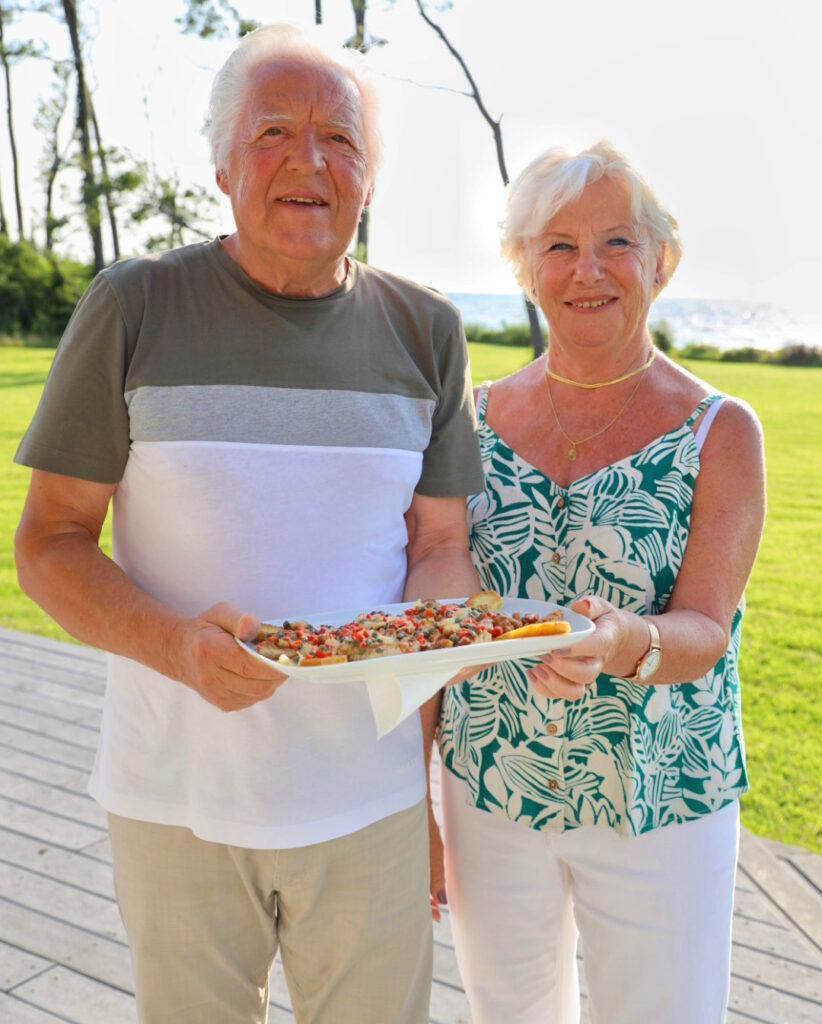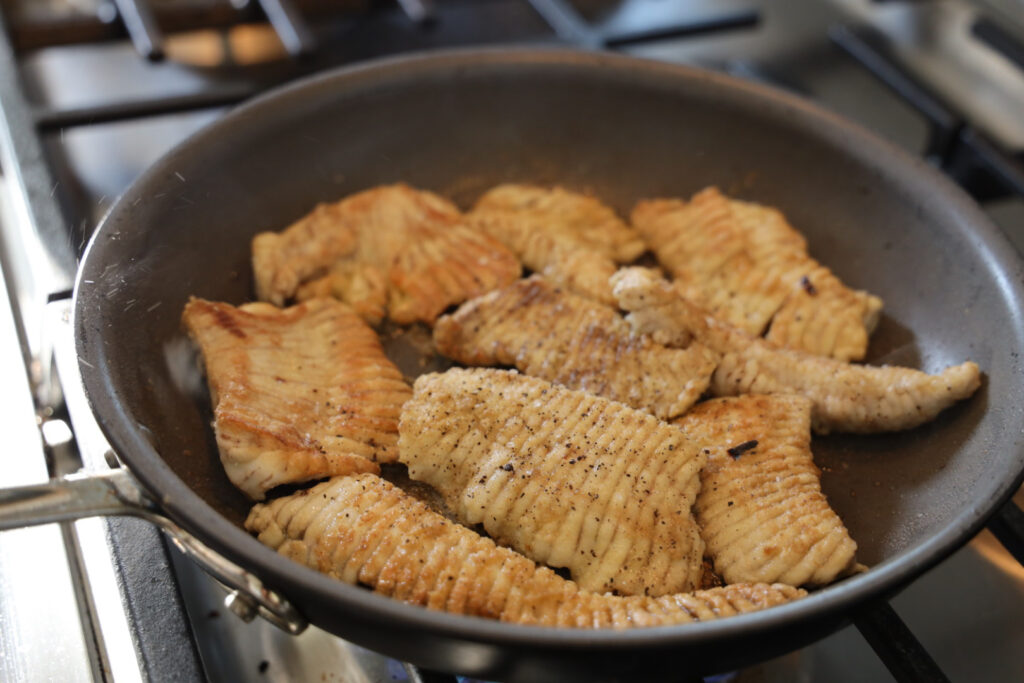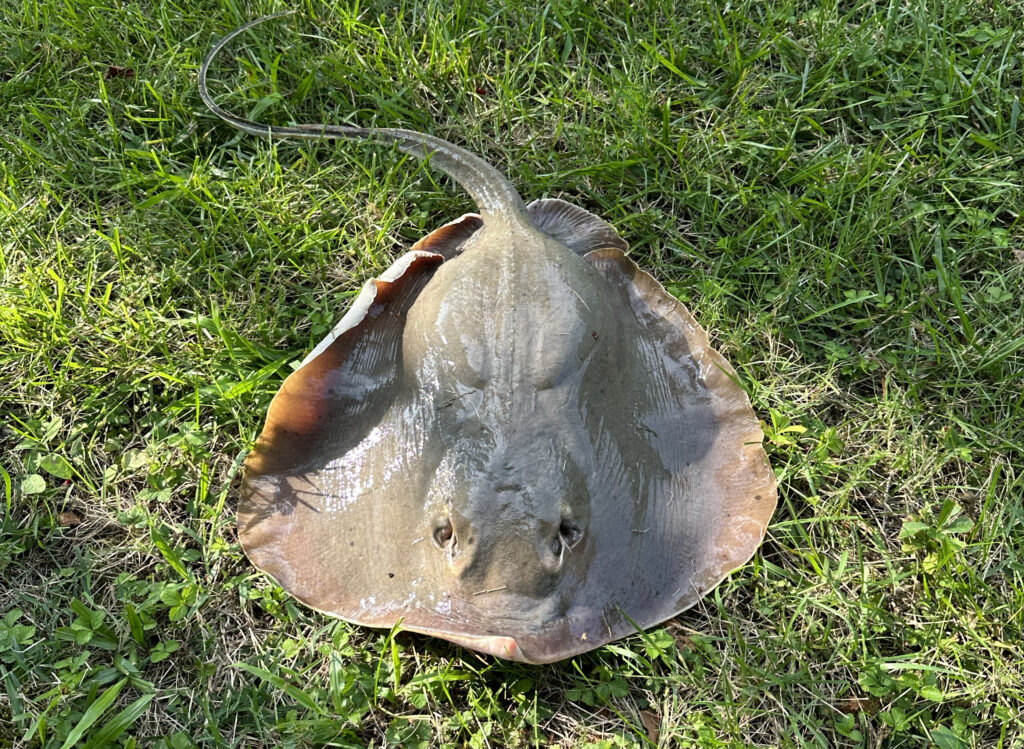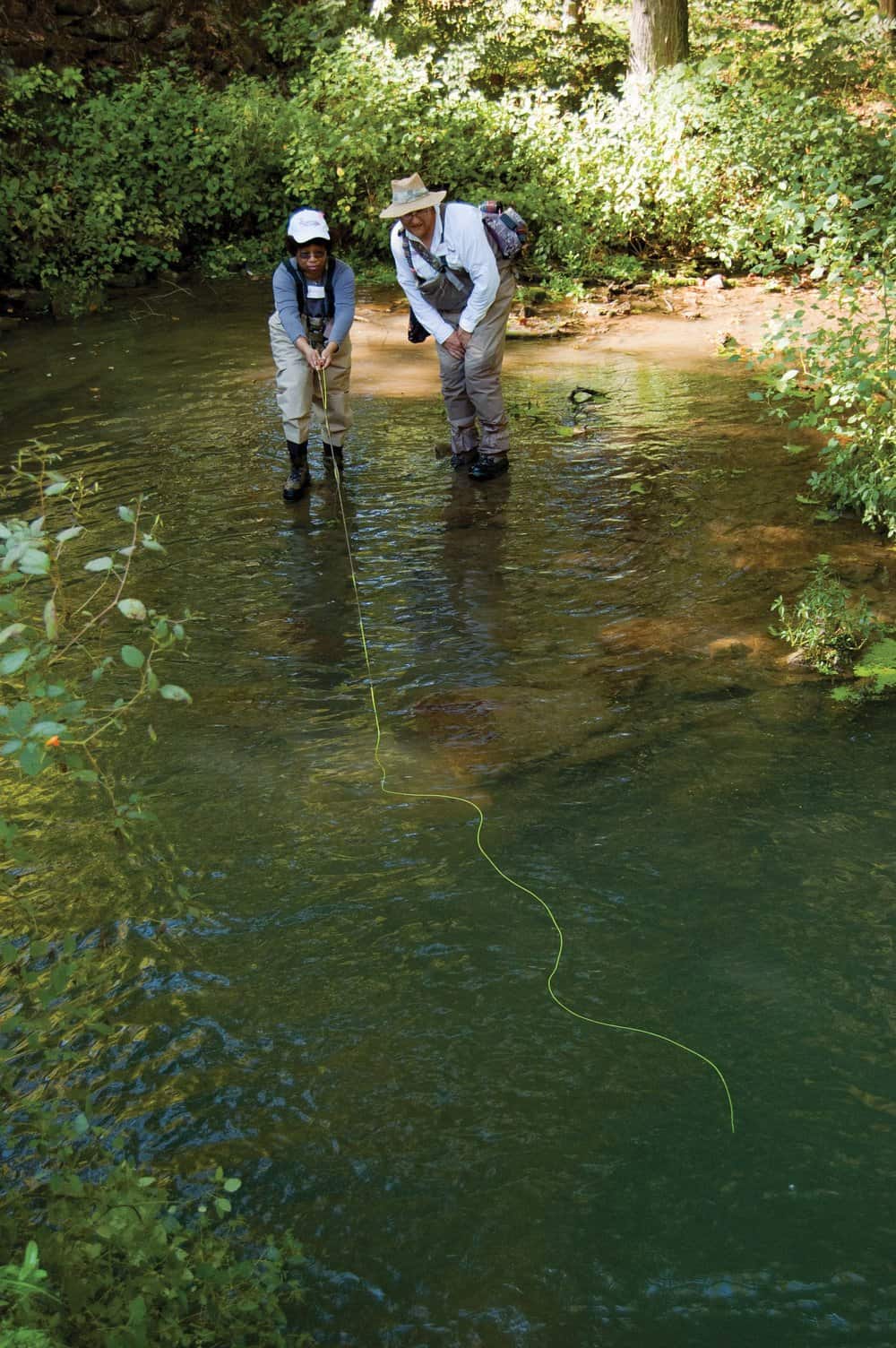Chef Jacques Bonnet has had seafood flowing steadily throughout his 60-year-plus cooking career. Classically trained in Paris in the early 1960s, Bonnet has been head chef at several Parisian restaurants specializing in seafood. His culinary adventure took a turn when his daughter married an Eastern Shoreman and moved to Northampton County, Virginia at the southern end of the Delmarva peninsula in 1992.
At age 16, Bonnet started a job that would change his life—as a chef’s apprentice at a country inn about 30 miles outside of Paris. “I never planned to be a chef,” says Bonnet. “It started as just a job.” Seafood was on the menu, and he learned the classic French preparations, including sauces that took several days to make and the now banned beurre noir sauce (containing burnt butter that is a suspected carcinogen).
After three years as an apprentice, the owner promoted Bonnet to sous chef at his ritzy restaurant in downtown Paris, Place des Pyramides, which specialized in seafood. Bonnet worked 12-hour days making classic dishes like sole with caviar and St. Pierre à L’oseille (John Dory with sorrel). He became head chef and later took the head chef’s job at La Langouste Amoureuse, where he cooked 250 kilos (550 pounds) of langoustines a week. Later he served as head chef at Le Sherwood, a seafood restaurant next to Harry’s New York Bar where he worked 12-hour days, six days a week, in a stifling basement kitchen serving as many as 400 dinners a night.

Bonnet and his lovely wife Catherine married in 1969. The first time I saw Jacques cook, he whisked eggs as Catherine poured a spiderweb-thin stream of olive oil into the bowl of emulsifying homemade mayonnaise. A partnership made in culinary heaven.
With a young family and tiring of the grueling hours, Bonnet became head chef at a private medical clinic and retired in 2002. Through it all, he found time to play billiards, which he had learned from his father at age 12. Bonnet was the champion of Paris, the French national champion in 2004, and competed in the European billiards championships several times.
During his many visits to the Eastern Shore, Bonnet has applied his classical French training to turn Chesapeake seafood into outstanding dishes. Bonnet has visited the Eastern Shore of Virginia 15 times, but he will never forget his first visit in 1993. “Everything was huge in the US—the cars, the houses, the supermarkets,” he says. The seafood here was similar, but there were more shrimp, scallops and crabs, different kinds of fish, and none of the diminutive mollusks, like sea snails, he was used to cooking in France.
He also noticed that Americans avoided eating stingray, a popular dish in France. “It’s a shame,” he says. “It’s good fish that the French eat in restaurants and cook at home. It’s good for children because it has no bones.” To prove his point, Bonnet recently agreed to prepare Chesapeake stingray for a crowd of Americans in a classic French style, Aile de Raie a là Bretonne (wing of ray in the Breton style). I jumped at the chance. If anyone can make a delicious Chesapeake Bay stingray dish, it’s Jacques Bonnet.

Given his immense knowledge of cuisine and love for seafood, I was eager to have him prepare stingray for us. My first job was to catch a stingray. The stingray eaten in France is very similar to the southern stingray (Hypanus americanus) which is common throughout the Chesapeake. I hooked one that was about 18 inches across off my neighbor’s dock and prepped it exactly as Bonnet directed. As soon as it was caught, I killed it and removed its “wings” with a sharp fillet knife. Bonnet dismissed the notion that it was important to remove the skin immediately. In fact, he insists that ray wings must be left to rest covered in the refrigerator for two days to achieve optimal taste and texture. After the required rest, I filleted the meat off the cartilage that runs horizontally through the wing and removed the skin, leaving four fillets. They were slightly pink, with pronounced strands of muscle that left me hoping that the meat would not be hopelessly tough. I should not have worried.
Bonnet first prepared the sauce while demonstrating his knife skills by removing the lime peels in one long strand and cutting decorative lozenge-shaped croutons for a garnish on the plates. He then gently sauteed three-inch pieces of the ray in olive oil. At home, he often simply fries ray dredged in flour and squeezes lemon on it before digging in. Bonnet suggests pairing ray with a muscadet wine from the Loire Valley. If you are drinking local, try Chatham Vineyard’s outstanding Steel Chardonnay (chathamvineyards.com)
Recipe
Stingray Fillets in the Breton Style (Aile de Raie a là Bretonne)
Serves: 4 as a main course
Ingredients
½ medium red bell pepper, diced
3 limes, segmented (membranes removed) with juice reserved
¼ cup capers, drained
2 pieces white bread, refrigerated, crust removed, and cut to quarter-inch dice
1 piece white bread, crust removed and cut into four lozenge shapes (optional)
All-purpose flour for dredging
1 pound skinless southern stingray fillets
Olive oil and butter for sautéing
Salt and pepper to taste
Directions
1. Sauté bell pepper in several tablespoons of butter in a medium frying pan until soft, about 3 minutes. Add lime segments, lime juice, and capers and simmer to combine the flavors and break down the lime pieces a bit, about 4 minutes. The ingredients should form a thick sauce. Add salt and pepper to taste. Remove from heat.
2. Sauté the diced bread in butter until lightly browned and crunchy, stirring to cook both sides. Sauté the optional large croutons until lightly browned. Drain onto paper towels.
3. Dredge the ray wing (whole or cut into pieces) in flour and sauté in olive oil. Salt and pepper to taste. Cook until slightly browned, but do not overcook.
4. Arrange cooked ray on a platter with large croutons, reheat the sauce and pour over the fish. Sprinkle the small croutons on top. Serve immediately.
The whole crowd pronounced the ray delicious. Despite the stringy appearance of the raw meat, the cooked ray was extremely tender, and the capers and lime offset its slightly sweet flavor. A young houseguest who had told us that she does not like seafood bravely tried the ray and I think she may be reexamining her lifelong aversion to consuming Neptune’s bounty.
Why do Americans largely avoid eating stingray? I believe the answer is habit and appearance. It is simply hard for many people to enjoy a type of meat they did not grow up eating. The unfamiliar, vaguely bat-like look of rays and their whip-like tails are probably also contributing factors.
It was not always this way. While exploring the western shore of the Chesapeake in 1608, Captain John Smith caught a stingray on his sword and received a painful sting from its barb. The pain was so intense that he thought he was dying, and a grave was dug nearby. But he recovered in a few hours and got revenge on the ray when, “he ate of the fish to his supper.” The location is now called Stingray Point at the mouth of the Rappahannock River.
Several days after Bonnet returned to France, he sent me an image of a plate of stingray he had bought at the local fish market and prepared in his kitchen with capers. This dinner in France was essentially the same as we had eaten on the shores of the Chesapeake just a few nights prior.
Through my friendship with Jacques, I have discovered that seeing our local Chesapeake ingredients through the eyes of a visitor can help us to take stock of what we have, reimagine our own foodways, and make some darned good meals in the process. Ray is a delicious addition to the bounty we enjoy from the Bay, and you don’t need a be a celebrated French chef to cook it for yourself.
Eat Like a Frenchman on the Eastern Shore: Periwinkles
On one of his visits to the Eastern Shore, Jacques Bonnet noticed some periwinkles, tiny aquatic snails, living on spartina grass near the mouth of a creek. He commented that they looked very similar to bigorneaux, which is a popular addition to seafood platters in France. A quick search told us that the two are cousins, both members of the Littoraria genus. We gathered a small basket of the periwinkles, and he simmered them in salted water. We used curved pins to remove the meat and pull off the hard operculum that protects the animal when it is in its shell. Dipped in melted butter or homemade mayonnaise they are chewy but delicious!
Robert “Gus” Gustafson lives on the Eastern Shore of Virginia by way of Chicago, Harvard University and a career on Capitol Hill. In his spare time, he coaches Broadwater track and field teams and cultivates heirloom vegetables from the Chesapeake region.




